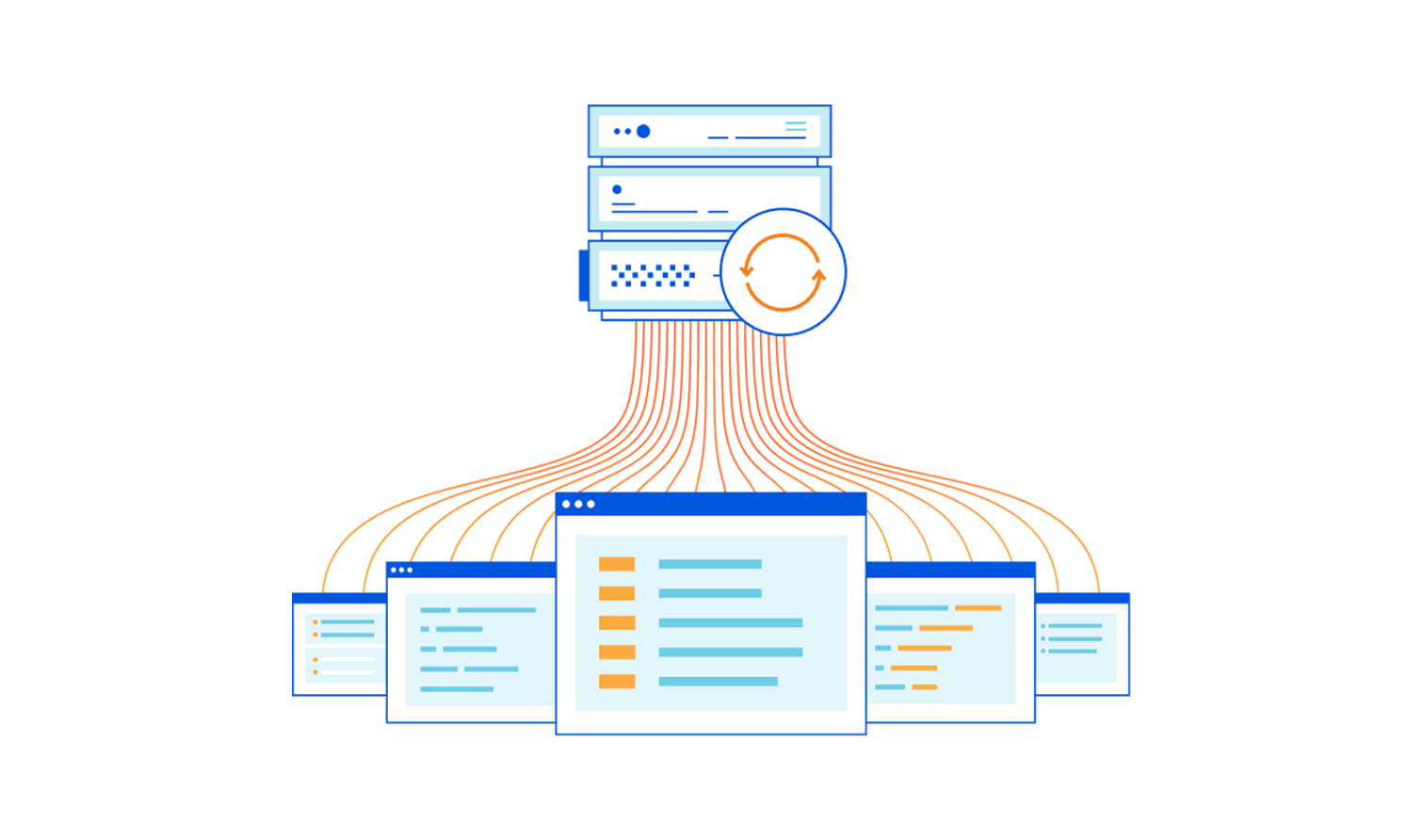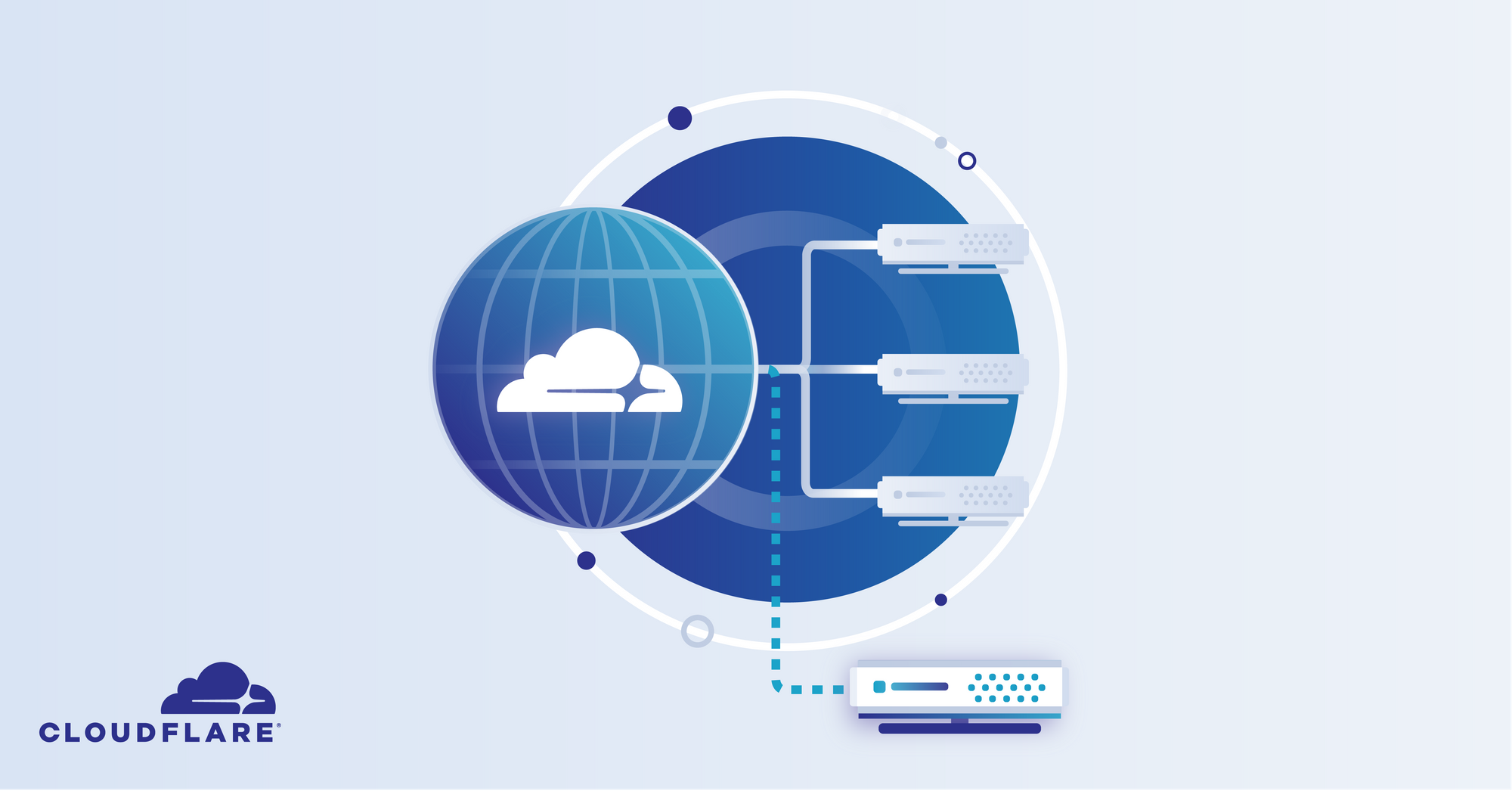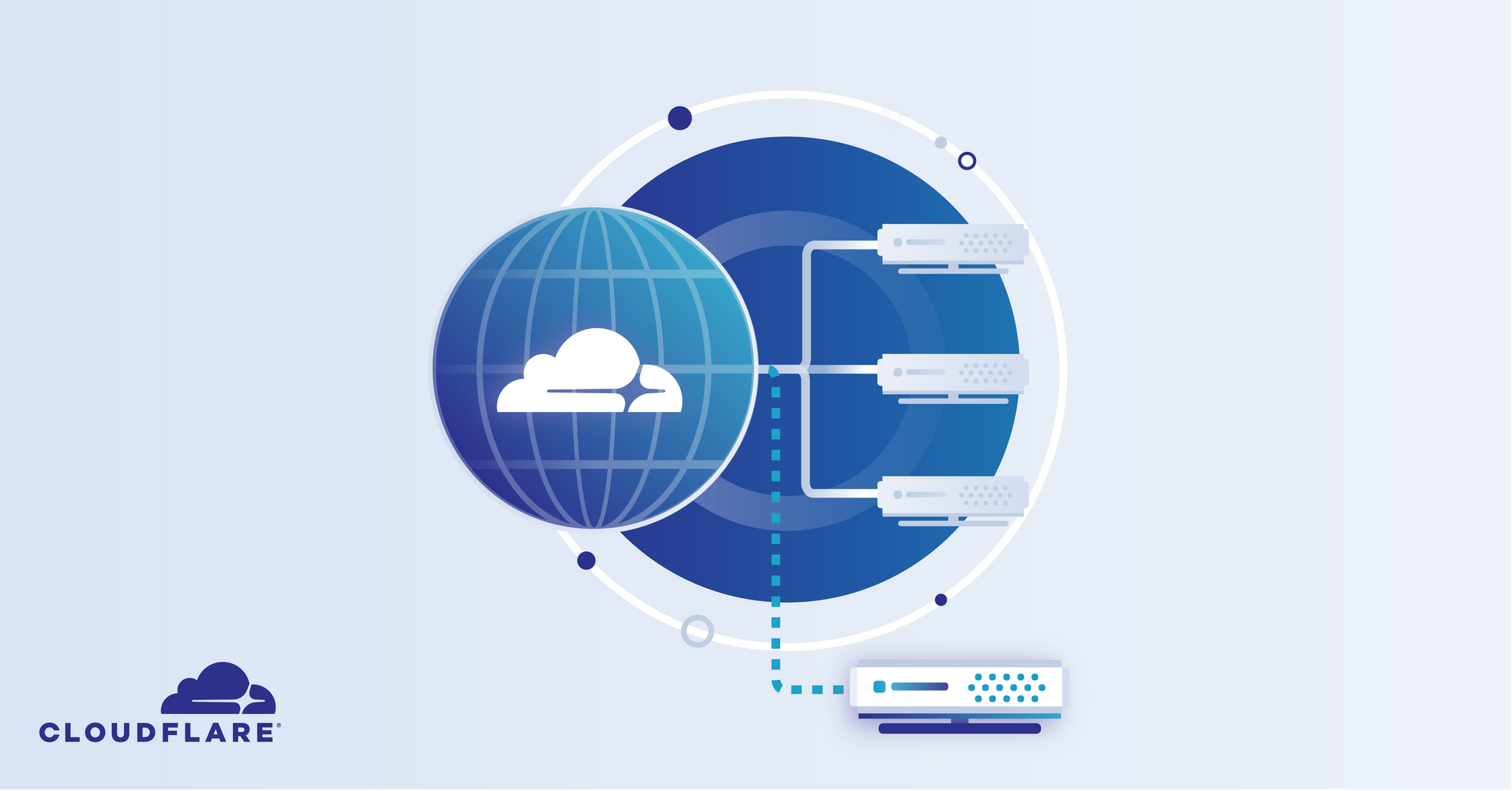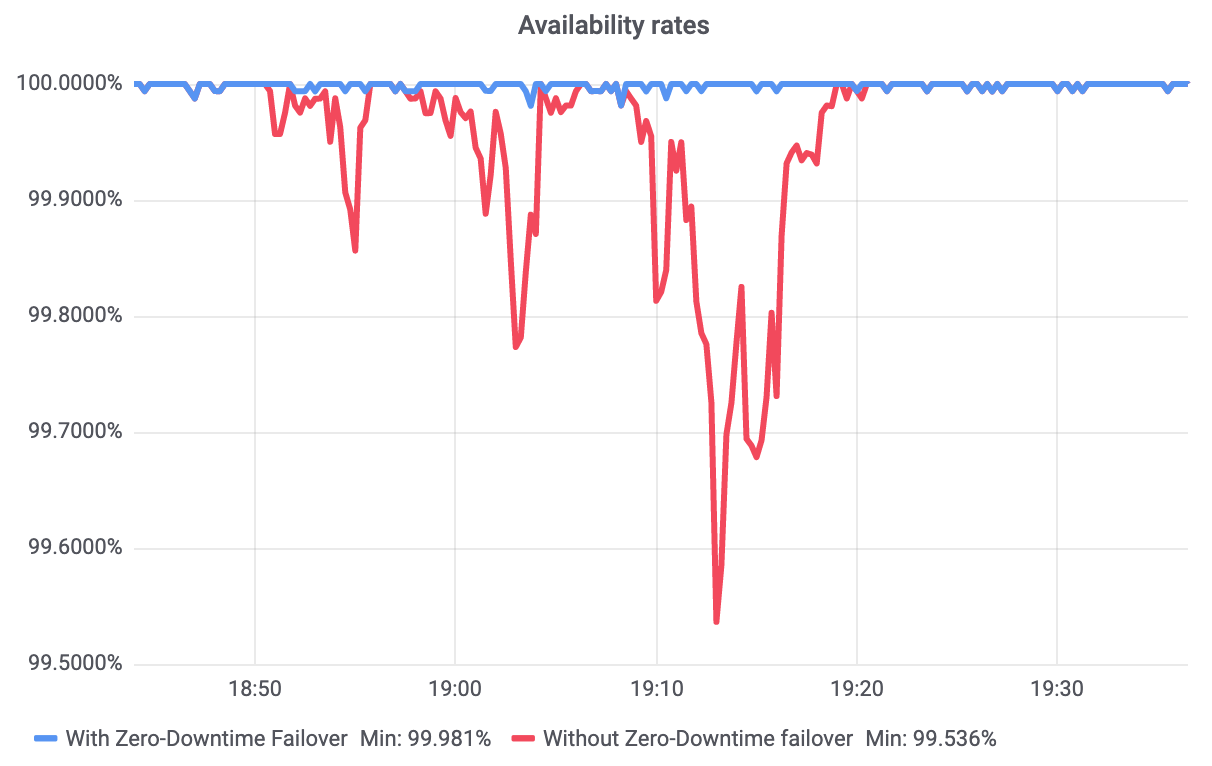Author Archives: Brian Batraski
Author Archives: Brian Batraski

IPFS, the distributed file system and content addressing protocol, has been around since 2015, and Cloudflare has been a user and operator since 2018, when we began operating a public IPFS gateway. Today, we are announcing our plan to transition this gateway traffic to the IPFS Foundation’s gateway, maintained by the Interplanetary Shipyard (“Shipyard”) team, and discussing what it means for users and the future of IPFS gateways.
As announced in April 2024, many of the IPFS core developers and maintainers now work within a newly created, independent entity called Interplanetary Shipyard after transitioning from Protocol Labs, where IPFS was invented and incubated. By operating as a collective, ongoing maintenance and support of important protocols like IPFS are now even more community-owned and managed. We fully support this “exit to community” and are excited to support Shipyard as they build more great infrastructure for the open web.
On May 14th, 2024, we will begin to transition traffic that comes to Cloudflare’s public IPFS gateway to the IPFS Foundation’s gateway at ipfs.io or dweb.link. Cloudflare’s public IPFS gateway is just one of many – part of a distributed ecosystem that also includes Pinata, eth.limo, and Continue reading


In the dynamic world of modern applications, efficient load balancing plays a pivotal role in delivering exceptional user experiences. Customers commonly leverage load balancing, so they can efficiently use their existing infrastructure resources in the best way possible. Though, load balancing is not a ‘one-size-fits-all, out of the box’ solution for everyone. As you go deeper into the details of your traffic shaping requirements and as your architecture becomes more complex, different flavors of load balancing are usually required to achieve these varying goals, such as steering between datacenters for public traffic, creating high availability for critical internal services with private IPs, applying steering between servers in a single datacenter, and more. We are extremely excited to announce a new addition to our Load Balancing solution, Local Traffic Management (LTM) with deep integrations with Zero Trust!
A common problem businesses run into is that almost no providers can satisfy all these requirements, resulting in a growing list of vendors to manage disparate data sources to get a clear view of your traffic pipeline, and investment into incredibly expensive hardware that is complicated to set up and maintain. Not having a single source of truth to dwindle down ‘time to resolution’ Continue reading


Anyone can take advantage of Cloudflare’s far-reaching network to protect and accelerate their online presence. Our vast number of data centers, and their proximity to Internet users around the world, enables us to secure and accelerate our customers’ Internet applications, APIs and websites. Even a simple service with a single origin server can leverage the massive scale of the Cloudflare network in 270+ cities. Using the Cloudflare cache, you can support more requests and users without purchasing new servers.
Whether it is to guarantee high availability through redundancy, or to support more dynamic content, an increasing number of services require multiple origin servers. The Cloudflare Load Balancer keeps our customer’s services highly available and makes it simple to spread out requests across multiple origin servers. Today, we’re excited to announce a frequently requested feature for our Load Balancer – Weighted Pools!
Before we can answer that, let’s take a quick look at how our load balancer works and define a few terms:
Origin Servers - Servers which sit behind Cloudflare and are often located in a customer-owned datacenter or at a public cloud provider.
Origin Pool - A logical collection of origin servers. Most pools Continue reading


In February 2021, Cloudflare launched Project Fair Shot — a program that gave our Waiting Room product free of charge to any government, municipality, private/public business, or anyone responsible for the scheduling and/or dissemination of the COVID-19 vaccine.
By having our Waiting Room technology in front of the vaccine scheduling application, it ensured that:
Since February, we’ve seen a good number of participants in Project Fair Shot. To date, we have helped more than 100 customers across more than 10 countries to schedule approximately 100 million vaccinations. Even better, these vaccinations went smoothly, with customers like the County of San Luis Obispo regularly dealing with more than 20,000 appointments in a day. “The bottom line is Cloudflare saved lives today. Our County will forever be grateful for your participation in getting the vaccine to those that need it most in an elegant, Continue reading


Load Balancing — functionality that’s been around for the last 30 years to help businesses leverage their existing infrastructure resources. Load balancing works by proactively steering traffic away from unhealthy origin servers and — for more advanced solutions — intelligently distributing traffic load based on different steering algorithms. This process ensures that errors aren’t served to end users and empowers businesses to tightly couple overall business objectives to their traffic behavior.
We are no longer in the age where setting up a fixed amount of servers in a data center is enough to meet the massive growth of users browsing the Internet. This means that we are well past the time when there is a one size fits all solution to suffice the needs of different businesses. Today, customers look for load balancers that are easy to use, propagate changes quickly, and — especially now — provide the most feature flexibility. Feature flexibility has become so important because different businesses have different paths to success and, consequently, different challenges! Let’s go through a few common use cases:

Load Balancing as a concept is pretty straightforward. Take an existing infrastructure and route requests to the available origin servers so no single server is overwhelmed. Add in some health monitoring to ensure each server has a heartbeat/pulse so proactive decisions can be made. With two steps, you get more effective utilization of your existing resources… simple enough!
As your application grows, however, load balancing becomes more complicated. An example of this — and the subject of this blog post — is how load balancing interacts with the Host header in an HTTP request.
Every request to a website contains a unique piece of identifying information called the Host header. The Host header helps route each request to the correct origin server so the end user is sent the information they requested from the start.
For example, say that you enter example.com into my URL bar in my browser. You are sending a request to ‘example.com’ to send you back the homepage located within that application. To make sure you actually get resources from example.com, your browser includes a Host header of example.com. When that request reaches the back-end infrastructure, Continue reading


Today, we are excited to announce Cloudflare Waiting Room! It will first be available to select customers through a new program called Project Fair Shot which aims to help with the problem of overwhelming demand for COVID-19 vaccinations causing appointment registration websites to fail. General availability in our Business and Enterprise plans will be added in the near future.
Most of us are familiar with the concept of a waiting room, and rarely are we excited about the idea of being in one. Usually our first experience of one is at a doctor’s office — yes, you have an appointment, but sometimes the doctor is running late (or one of the patients was). Given the doctor can only see one person at a time… the waiting room was born, as a mechanism to queue up patients.
While servers can handle more concurrent requests than a doctor can, they too can be overwhelmed. If, in a pre-COVID world, you’ve ever tried buying tickets to a popular concert or event, you’ve probably encountered a waiting room online. It limits requests inbound to an application, and places these requests into a virtual queue. Once the number Continue reading


The Cloudflare Load Balancer was introduced over three years ago to provide our customers with a powerful, easy to use tool to intelligently route traffic to their origins across the world. During the initial design process, one of the questions we had to answer was ‘where do we send traffic if all pools are down?’ We did not think it made sense just to drop the traffic, so we used the concept of a ‘fallback pool’ to send traffic to a ‘pool of last resort’ in the case that no pools were detected as available. While this may still result in an error, it gave an eyeball request a chance at being served successfully in case the pool was still up.
As a brief reminder, a load balancer helps route traffic across your origin servers to ensure your overall infrastructure stays healthy and available. Load Balancers are made up of pools, which can be thought of as collections of servers in a particular location.
Over the past three years, we’ve made many updates to the dashboard. The new designs now support the fallback pool addition to the dashboard UI. The use of a fallback pool is incredibly helpful in Continue reading


When your server goes down, it’s a big problem. Today, Cloudflare is introducing two new tools to help you understand and respond faster to origin downtime — plus, a new service to automatically avoid downtime.
The new features are:
Our first new tool is Standalone Health Checks, which will notify you as soon as we detect problems at your origin server -- without needing a Cloudflare Load Balancer.
A Health Check is a service that runs on our edge network to monitor whether your origin server is online. Health Checks are a key part of our load balancing service because they allow us to quickly and actively route traffic to origin servers that are live and ready to serve requests. Standalone Health Checks allow you to monitor the health of your origin even if you only have one origin or do not yet Continue reading


Cloudflare aspires to make Internet properties everywhere faster, more secure, and more reliable. Load Balancing helps with speed and reliability and has been evolving over the past three years.
Let’s go through a scenario that highlights a bit more of what a Load Balancer is and the value it can provide. A standard load balancer comprises a set of pools, each of which have origin servers that are hostnames and/or IP addresses. A routing policy is assigned to each load balancer, which determines the origin pool selection process.
Let’s say you build an API that is using cloud provider ACME Web Services. Unfortunately, ACME had a rough week, and their service had a regional outage in their Eastern US region. Consequently, your website was unable to serve traffic during this period, which resulted in reduced brand trust from users and missed revenue. To prevent this from happening again, you decide to take two steps: use a secondary cloud provider (in order to avoid having ACME as a single point of failure) and use Cloudflare’s Load Balancing to take advantage of the multi-cloud architecture. Cloudflare’s Load Balancing can help you maximize your API’s availability for your new architecture. For example, you Continue reading